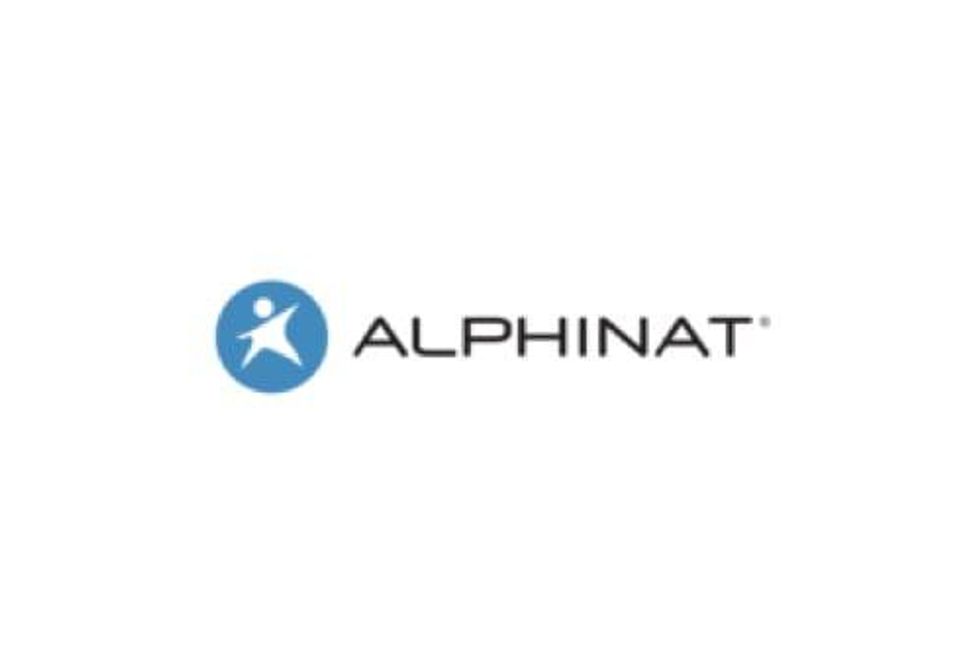VIDEO - Hamed Shahbazi: Tech Lags in Canadian Healthcare
Hamed Shahbazi, CEO of WELL Health Technologies, discusses interoperability challenges within the C$250 billion Canadian healthcare market.
Hamed Shahbazi, CEO of WELL Health Technologies (TSXV:WELL), spoke with the Investing News Network (INN) about technology adoption in the C$250 billion Canadian healthcare market.
Despite cultivating a burgeoning tech ecosystem, Shahbazi said Canada lags behind in healthcare technology. In speaking with INN at the Extraordinary Future Conference in Vancouver, British Columbia, Shahbazi discussed WELL Health’s consolidative operating model, digitization in the healthcare sector and his company’s recent record quarter for earnings.
Read on for more of what Shahbazi had to say. This interview has been edited for clarity and brevity.
INN: I want to first talk about WELL Health’s operating model. How do you work within the healthcare industry?
HS: Our primary focus is Canada today. We really believe that Canada is a very attractive healthcare market. It has C$250 billion a year in medical services. It’s one of the top five spenders on a per capita basis globally, and yet there’s enormous interoperability challenges.
A big part of our approach in terms of our activity in this space is consolidating assets and improving technology adoption and their interoperability. Because we think the medical asset class is so durable, we think this makes for a great underpinning of a public company model.
INN: Why did you want to start WELL Health?
HS: I wanted to start WELL Health for a couple of reasons. I felt like there was too much fragmentation in healthcare in Canada today. If you think about the fact that there are 4,000 clinics roughly in the country, about 84,000 physicians, and yet the largest chain in the country is about 35 physical clinics. There’s only actually two chains that are bigger than 30 clinics.
The lack of chains has not allowed technology to proliferate because technology typically lives better in a scaled environment, because it’s so expensive. When you have these really small chains — who effectively don’t have the capital and expertise to activate and grow technologically — that’s basically caused an under-digitization or under-monetization generally with the country.
I felt that, through a public company model in which we allocate capital into quality assets, we could start to create some interconnectivity between some of these assets.
INN: You posted record revenues in your last earnings report of over C$7.4 million. How would you describe your main revenue streams?
HS: We have basically three major revenue streams. One is what we call insured services. This is mainly the revenues that are coming from the government when patients see doctors. Because we own 19 clinics — the largest chain of medical clinics here in British Columbia, with about 600,000 patient visits — that’s our major source of revenue.
Segment two is where the payer is not the government. We call that non-insured. Most of that is coming from patients’ own pockets. That could be things like medical legals and doctors’ notes. We just actually made an announcement where we’re acquiring a sleep chain. So there the payer is not the single-payer system, it’s the consumer, and in some cases benefits providers and private companies.
The third segment is what we call SaaS (software as a service) digital. This is where basically we’re providing software and services to clinics, doctors and essentially different types of practitioners across the landscape. We receive a SaaS fee for that.
Today, roughly a third of the gross margin comes from digital, but the lion’s share of revenue comes from segment one, which is the insured services. The second segment is a growth area for us. Once we finish the acquisition of the sleep chain, that will grow as well.
INN: Can you talk more about your digital electronic medical records (EMR) services?
HS: We’ve made three acquisitions of service providers in the OSCAR (open-source clinical application resource) program. It’s basically open-source EMR.
Similar to Red Hat, when physicians actually want to offer an open-source EMR for commercial applications, they go to a service provider that supports it, maintains it and secures it.
By virtue of that, we are the third largest provider of EMR services in the country. That’s exciting because OSCAR, which was originally developed by McMaster University, has open architecture and third party applications. These include telemedicine and waiting room automation, and online patient booking that can all integrate into OSCAR. It’s a great opportunity for us to get more into digital patient engagement.
INN: What would you say are some of the major challenges in this space right now?
HS: There’s just a lack of interoperability. Right now, the main technology being used in the medical marketplace between institutions is fax. Typically when your physician is sending your prescription to a pharmacy, they’re using fax. Even when records are being sent back and forth between the hospital and the general practitioner, it’s typically fax. So we’re talking about a very challenging environment for interoperability. The connective tissue can be there, but it really hasn’t been activated. We think that it will be activated in the future.
INN: Going into the end of 2019, what is your outlook for this market?
HS: We have five analysts that cover this story. I think right now there are a number of forecasts and projections that they’ve made, and we feel comfortable with all of those based on what we’ve seen so far. I think for the most part, most analysts forecast us to be adjusted earnings before interest, tax and amortization profitable in 2020. We’re comfortable with that.
We primarily view ourselves as a capital allocator in this space. We do have quite a bit of cash that we’re sitting on right now and we believe that there are good opportunities to allocate that capital and further advance our profitability in the next year or so.
Stay tuned for more of our Extraordinary Future Conference video coverage. Our full playlist for the event can be found on YouTube.
Don’t forget to follow us @INN_Technology for real-time news updates!
Securities Disclosure: I, Dorothy Neufeld, hold no direct investment interest in any company mentioned in this article.
Editorial Disclosure: The Investing News Network does not guarantee the accuracy or thoroughness of the information reported in the interviews it conducts. The opinions expressed in these interviews do not reflect the opinions of the Investing News Network and do not constitute investment advice. All readers are encouraged to perform their own due diligence.

